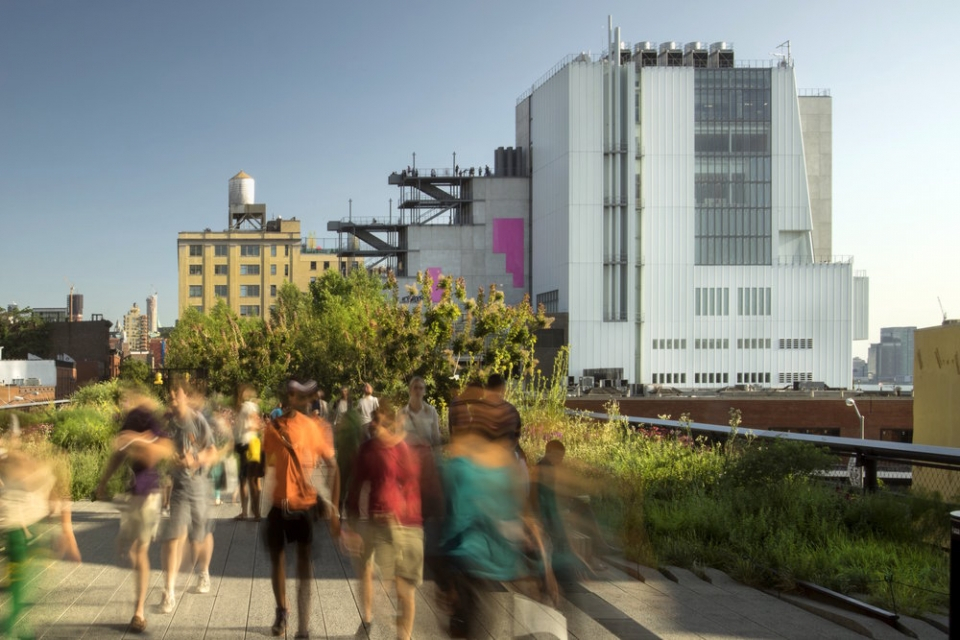In this essay, Christoph Lindner explores various kinds of spectral living in an era of postindustrial ruin – from London’s abandoned mansions to Mumbai’s ghost skyscrapers.
....
Ruins have re-emerged as a source of cultural fascination. In the Gothic, Romantic, and Modernist movements in art and culture, ruins frequently featured as sites of interiority, memory, and haunting. Since the 1980s, however, this fascination with ruins has been renewed by the growing fetishisation of postindustrial decay. As the standard explanation goes, the rise of post-Fordist capitalism in the late twentieth century created a set of economic and social conditions that led to the rapid and systematic gutting of many urban-industrial communities.
The post-Fordist transformation of industrial sites of production into dead zones– that is, spaces of inactivity and lifelessness – not only created ruins out of modern industrial architecture but also generated a desire to see and experience these spaces. This has been done in a variety of ways.
....

